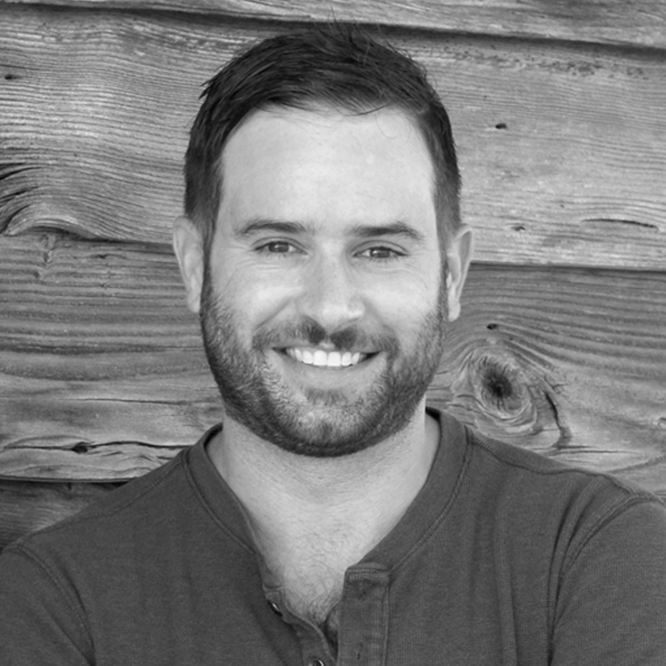S&P Global Offerings
Featured Topics
Featured Products
Events
S&P Global Offerings
Featured Topics
Featured Products
Events
S&P Global Offerings
Featured Topics
Featured Products
Events
Banking & Capital Markets
Economy & Finance
Energy Transition & Sustainability
Technology & Innovation
Podcasts & Newsletters
Banking & Capital Markets
Economy & Finance
Energy Transition & Sustainability
Technology & Innovation
Podcasts & Newsletters
S&P Global Offerings
Featured Topics
Featured Products
Events
29 Jun, 2021

By Zack Hale

| Pacific Gas & Electric power lines transmit power from a NextEra Energy Inc. wind farm in Altamont Pass, Calif. Source: S&P Global Market Intelligence |
A panel of electric grid experts on June 29 highlighted the need for the U.S. to expand its electric transmission system significantly as the nation grapples with extreme weather driven by climate change.
The U.S. House Committee on Energy and Commerce held the hearing as the White House seeks to finesse a $1.2 trillion bipartisan infrastructure framework that progressive Democrats are aiming to link with the administration's broader $2 trillion infrastructure vision.
The hearing focused on several pieces of legislation, some elements of which are already incorporated into the bipartisan framework unveiled June 18 by the U.S. Senate Committee on Energy and Natural Resources as well as the administration's broader plan.
Committee Chairman Frank Pallone's CLEAN Future Act, for example, would establish a new Office of Transmission within the Federal Energy Regulatory Commission to help the agency speed the development of interstate power lines.
Various academic studies have estimated the U.S. will need to double or even triple its electric transmission capacity to achieve the Biden administration's goal of decarbonizing the nation's economy by midcentury. At a June 29 infrastructure event in Wisconsin, President Joe Biden noted that grid outages now cost consumers an estimated $70 billion annually.
Federal siting authority
Similar to separate legislation recently introduced by U.S. Rep. Kathy Castor, D-Fla., Pallone's bill would clarify that FERC has backstop electric transmission siting authority under the Federal Power Act if a state utility commission has denied permits for interstate power lines located in national interest corridors.
The U.S. Department of Energy was originally tasked with identifying those corridors through the Energy Policy Act of 2005, but a split decision by the U.S. Court of Appeals for the 4th Circuit in 2009 vacated FERC's related implementing rules. That decision largely stemmed from uncertainty over congressional intent behind a provision of the statute that said FERC has backstop siting authority in cases where a state has "withheld" approval for a permit for over a year but remained silent on instances where a state actually denies the permit.
"We have a system now that designates these corridors, and nothing has been built," U.S. Rep. Scott Peters, D-Calif., said during the hearing. As examples, members cited multiple high-voltage direct current transmission projects in states such as Arkansas and Missouri that have failed to win regulatory approval amid intense local landowner opposition.
Patricia Hoffman, acting assistant secretary of DOE's Office of Electricity, noted in response that the need for state approval of interregional transmission projects must be addressed to achieve a grid capable of harnessing abundant renewable energy resources in remote locations.
"I think the most important thing is having some sort of certainty in which some of the bills that have been proposed really allow for an ultimate decision process, and an ultimate decision to be made on a transmission project versus I think the back and forth that continues to go on delaying the building of interregional projects," Hoffman told lawmakers.
While Texas suffered devastating grid outages in mid-February, the state's Competitive Renewable Energy Zones program — a project that resulted in more than 2,300 miles of new transmission capacity — could still serve as a national model for more grid buildout, asserted U.S. Rep. Marc Veasey, D-Texas. The nearly $7 billion effort was publicly funded to mitigate private risk, making Texas a national leader in renewable energy development.
"I'm glad that the CLEAN Future Act contains provisions designed to take these successes and apply them elsewhere," Veasey said.
National grid strategy
Republican lawmakers expressed skepticism that a rapid buildout of electric transmission can lead to substantial net benefits.
"Can you guarantee that electricity will remain reliable, not only for essential household functions but for job creators who need large amounts of reliable electricity for manufacturing and other commercial uses?" U.S. Rep. Bill Johnson, R-Ohio, asked Hoffman.
Later in the hearing, the acting assistant DOE secretary argued that public benefits associated with grid reliability cannot be captured in customers' utility bills alone.
"I really want to emphasize that it's just not that simple," Hoffman said. "There is a larger set of benefits for consideration as we build this infrastructure from a security and resilience side of things."
The June 29 hearing also featured testimony from Susan Tierney, a senior advisor with the consulting firm Analysis Group. In February, Tierney co-authored a paper published by the National Academies of Sciences, Engineering, and Medicine that urged Congress to develop a national transmission strategy. The 350-page study also called for more federal funding for states, communities and tribes to participate in regional grid operators' transmission planning and siting processes.
Rob Gramlich, founder and president of Grid Strategies, LLC, delivered remarks highlighting the opportunity to squeeze more capacity out of the nation's transmission system with grid-enhancing technologies.
"While we endeavor to expand transmission capacity, we need to ensure that consumers and people who care about the land that could be impacted are assured that we use grid-enhancing technologies to deliver as much as we can over the existing network first," Gramlich said.
Meanwhile, FERC is expected to unveil its own regulatory roadmap for future action on transmission by the end of the summer. FERC is currently considering proposed changes to its financial incentives for electric transmission projects, including grid-enhancing technologies. On June 17 the agency announced a new transmission task force with state regulators.
